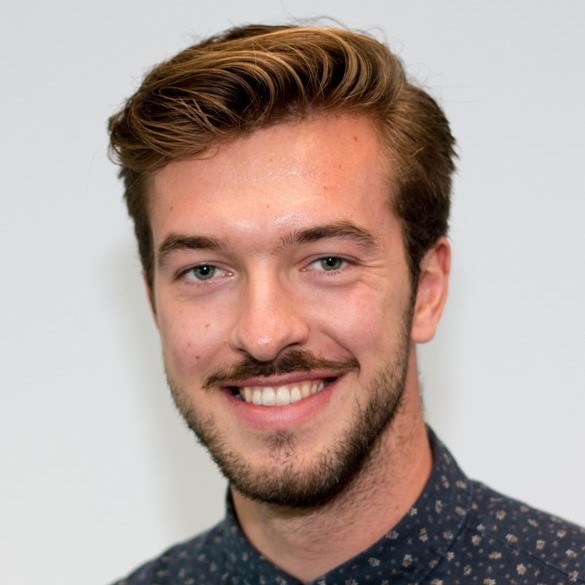I remember the first time that I felt like I was right in the middle of the future. I was sitting in the passenger seat of one of the first commercially available electric cars in the Netherlands, and the driver pressed the throttle pedal. The astonishing acceleration pushed me back into the seat, and the sound (or better: the lack of it) amazed me. I imagined myself being Marty McFly, and the car took me back to the future. I have been a ski racer for a large part of my life, so I have been obsessed with speed and racing in general ever since I was young. That is why I enjoyed writing my Master thesis on powertrain design of electric race cars so much. Road vehicles in general are such a fascinating phenomenon. On the one hand, we cannot live without them as I believe free mobility is one of the cornerstones of our society, but on the other hand, cars are the cause of pollution, traffic congestion and accidents and take up a lot of space in our cities.
Besides that, the way that our partner Lightyear looks at mobility has really opened my eyes. In general, cars are extremely “over-designed”: For 95% of the time, we do not exploit its full capabilities. We want to own a car that we are able to go on holiday with, even though we only do that about twice a year, and in the remaining time we use it to do groceries. Moreover, a car is mostly standing still during the day. This raises the question on whether we can provide mobility to people as a service, based on a car sharing platform that allows people to use a specific type of car, tailored to the specific use at that moment. I truly love the idea of contributing to answering that question, in particular for optimal powertrain design, together with Lightyear, TNO, and my supervisors Theo Hofman and Mauro Salazar. The questions on fleet and product family design are investigated by my colleagues Fabio Paparella and Maurizio Clemente.
